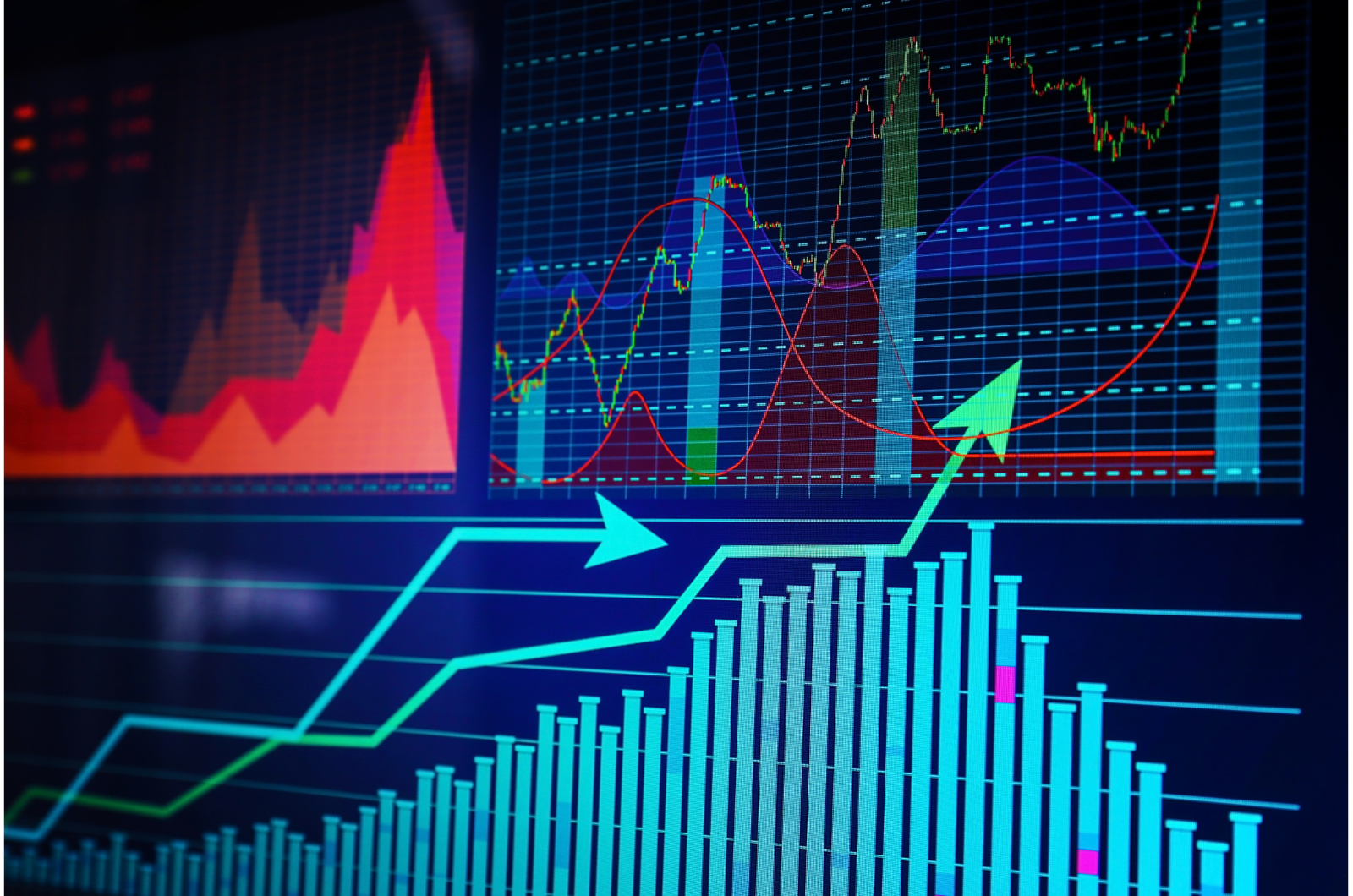Going, Going, Gone
Luke Combs
Like the changing of the seasons /
Good things, they come and then they go
The end of July brought Lollapalooza weekend to Chicago. A four-day music festival that welcomes bands with names such as Barry Can’t Swim, Zinadelphia, and Still Woozy among the more than 100 performers. Many are not well known but one could have a breakout performance that changes their path for years to come – see Chappelle Roan at 2024 Lollapalooza. At Lolla, while there is something for everyone’s taste, it is the big names that draw the more than 100,000 people each day to the festival. This year’s list included Tyler The Creator, Luke Combs, Olivia Rodrigo and Sabrina Capenter. Some of them are on the rise with big potential ahead and others may be a bit past their prime, but they can still put on a great show, playing the hits for their large and loyal fan base that can be counted on to buy high priced tickets.
There are some parallels between the Lolla experience and what happened across the investment markets in July. US equities moved modestly higher, driven to new record levels by some of the headliners of the last couple of years – Nvidia and Alphabet – although a couple of the big names – Apple and Tesla – failed to deliver a good show for their loyal fans. July’s returns were more muted following the big bounce in the second half of Q2. The passage of the Big Beautiful Bill had largely been priced into the market already and attention turned to debt levels and questions about inflationary effects of tariffs and a wait and see Fed. US Q2 corporate earnings growth was generally strong as the delay in tariffs and pulling forward of revenues helped companies. The enthusiasm shown to non-US equities, which had moved to the top of the charts starting last year until mid Q2, has waned despite continuing to have an improving backdrop and strong fundamentals. Unfortunately, the continued threat of tariffs has caused many of their more recent fans to get back on the familiar US mega cap bandwagon. The bond market, which recently has been more like a side stage alt-indie band with few memorable songs that fans give some attention to as they pass by, posted mixed results. Interest rates rose a small amount along the yield curve hurting returns in an otherwise positive credit environment.
After struggling in March and early April, US equities have bounced back and may be on pace for another double-digit return in 2025. Looking ahead, there is a growing level of concern about the effects of US trade and fiscal policy on economic growth and unemployment levels in the second half. While it is too early to know the full impact of the proposed and implemented tariffs on the US and global economy, it is reasonable to be thinking about the potential downsides of these significant changes in policy and what they may mean for investment markets in the months ahead. Equity markets have been on a good run and there may be enough strength and momentum to keep them as the headliners for months to come, but eventually the shows do end, and fans move on to the next hot band. As the lyrics in this month’s song read – Like the changing of the seasons / good things, they come and then they go.
Here are observations on what occurred across the public markets in July:
Broad Market Performance1

Domestic Equity2
- US stocks continued to rise in July, buoyed by a few mega growth stocks in the technology sector. As the month ended, equities sold off on concerns about tariff impacts.
- Large cap growth stocks were the leading category for the month though there was reasonable breadth across size and style groups.
International and Global Equities3
- Non-US developed markets delivered negative returns for the month as the US dollar rallied, impacting earnings expectations for many European and Japanese companies.
- Emerging market stocks were up broadly, with China performing well as it pushes back on the US tariffs and increases domestic spending.
Fixed Income Markets4
- The US yield curve shifted higher as expectations for rate cuts softened while longer maturities rose as investors focused on the rising debt levels. Credit sectors performed better, highlighting their strong fundamentals year to date.
Specialty Markets5
- Commodity indices were mixed, with weakness in agricultural products and natural gas offset by rising oil and gold prices.
Sectors6
- The IT and Utilities sectors were the two best performing S&P 500 sectors while Healthcare and Consumer Staples posted negative returns for the month.
If you have questions or want to discuss the current state of the investment markets and their impact on your plan or portfolio, please do not hesitate to reach out to your advisor—they are here to help.
In the meantime, enjoy your favorite bands or check out a new one.
1-6 All data supplied by Morningstar.
This document is a general communication being provided for informational purposes only. It is educational in nature and not designed to be taken as advice or a recommendation for any specific investment product, strategy, plan feature or other purpose in any jurisdiction, nor is it a commitment from HUB International or any of its subsidiaries to participate in any of the transactions mentioned herein. Any examples used are generic, hypothetical and for illustration purposes only. This material does not contain sufficient information to support an investment decision, and it should not be relied upon by you in evaluating the merits of investing in any securities or products. In addition, users should make an independent assessment of the legal, regulatory, tax, credit, and accounting implications and determine, together with their own financial professionals, if any investment mentioned herein is believed to be appropriate to their personal goals. Investors should ensure that they obtain all available relevant information before making any investment. Any forecasts, figures, opinions or investment techniques and strategies set out are for informational purposes only, based on certain assumptions and current market conditions and are subject to change without prior notice. All information presented herein is considered to be accurate at the time of production, but no warranty of accuracy is given and no liability in respect of any error or omission is accepted. It should be noted that investment involves risks, the value of investments and the income from them may fluctuate in accordance with market conditions and taxation agreements and investors may not get back the full amount invested. Both past performance and yields are not reliable indicators of current and future results.
HUB Retirement and Private Wealth employees are affiliated with and offer Securities and Advisory services through various Broker Dealers and Registered Investment Advisers, some of whom may or may not be affiliated with HUB International. HUB International owns the following Registered Investment Advisers: HUB Investment Partners; HUB Investment Advisors; GRP Financial; RPA Financial; and Taylor Advisors. Additional information for each individual HUB International Registered Investment Advisor may be found in the respective Form ADV available on the SEC’s IAPD website at https://adviserinfo.sec.gov/ . Insurance services are offered through HUB International.


![[Video] Q3 2025 Economic and Market Commentary](https://www.hubrpw.com/wp-content/uploads/2025/10/Screenshot-2025-10-21-at-12.10.14 PM.png)
